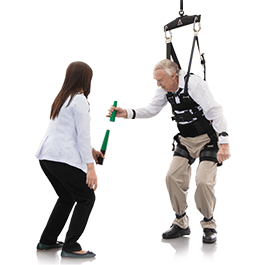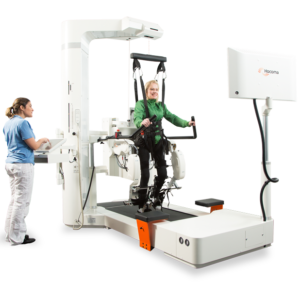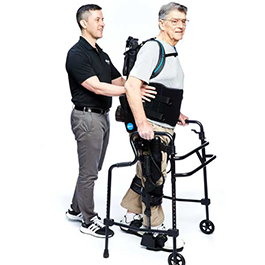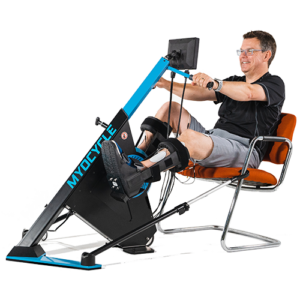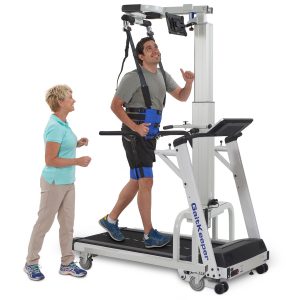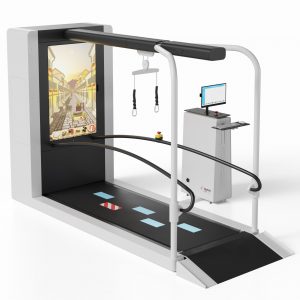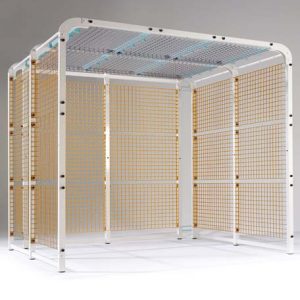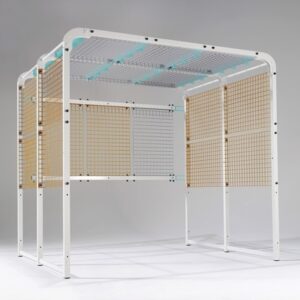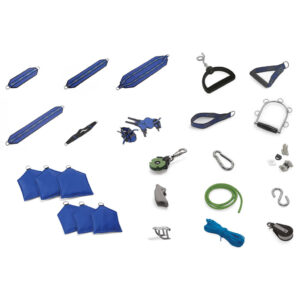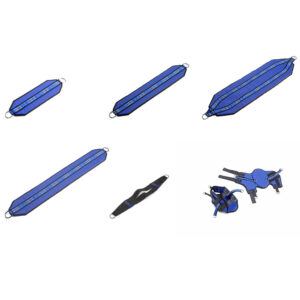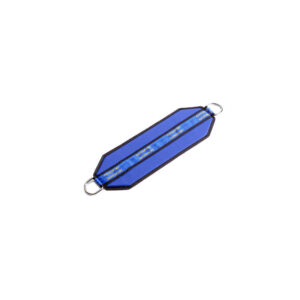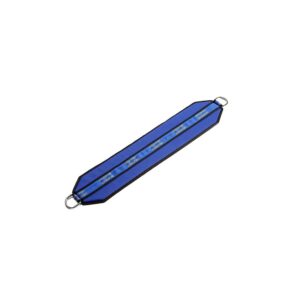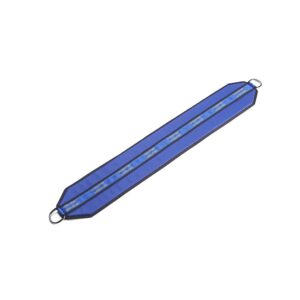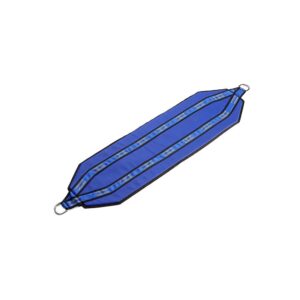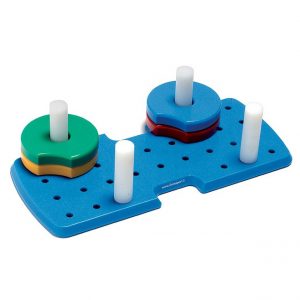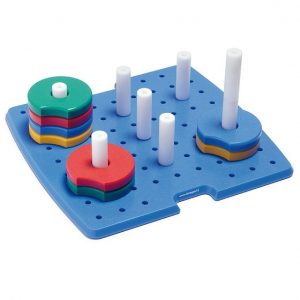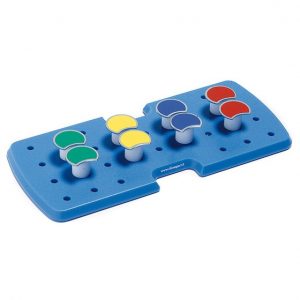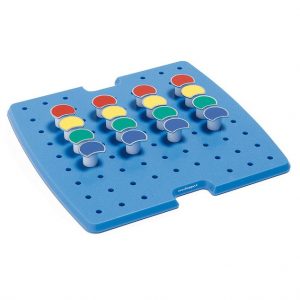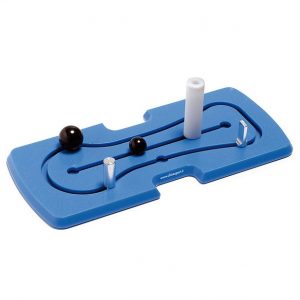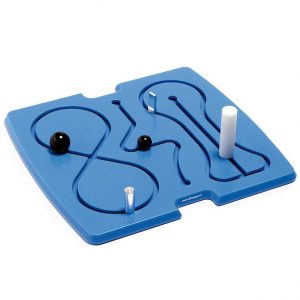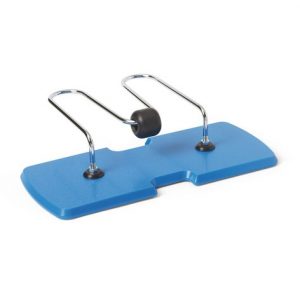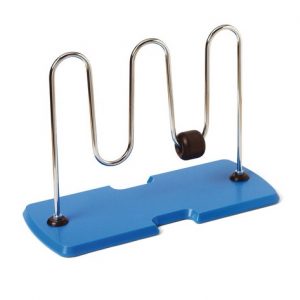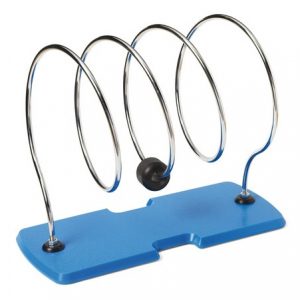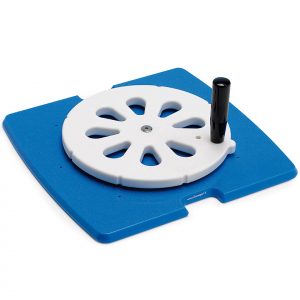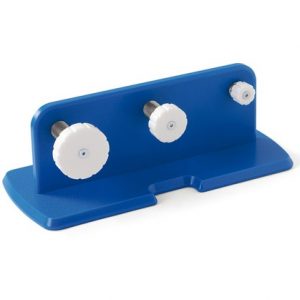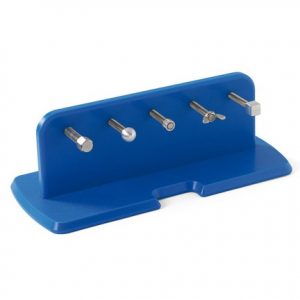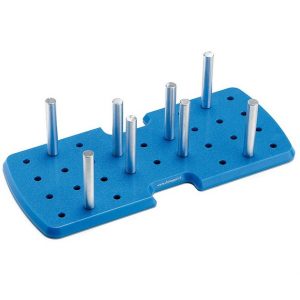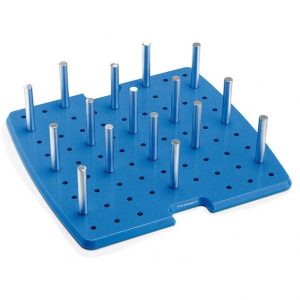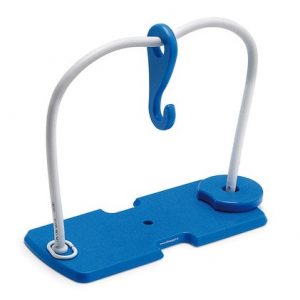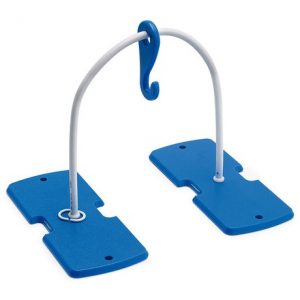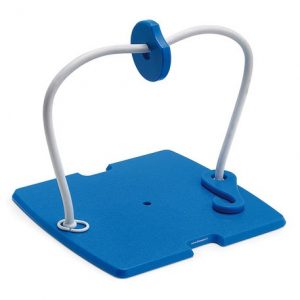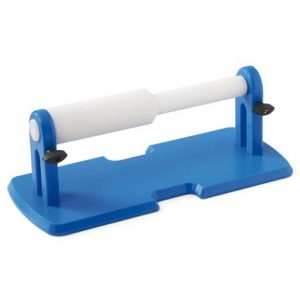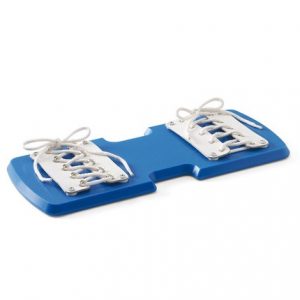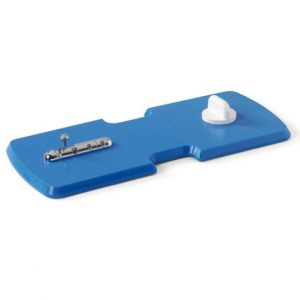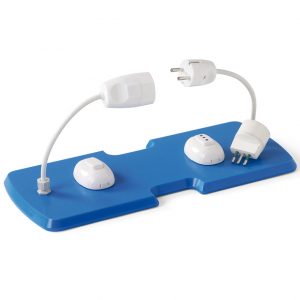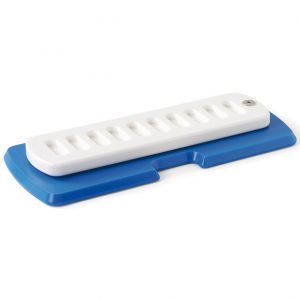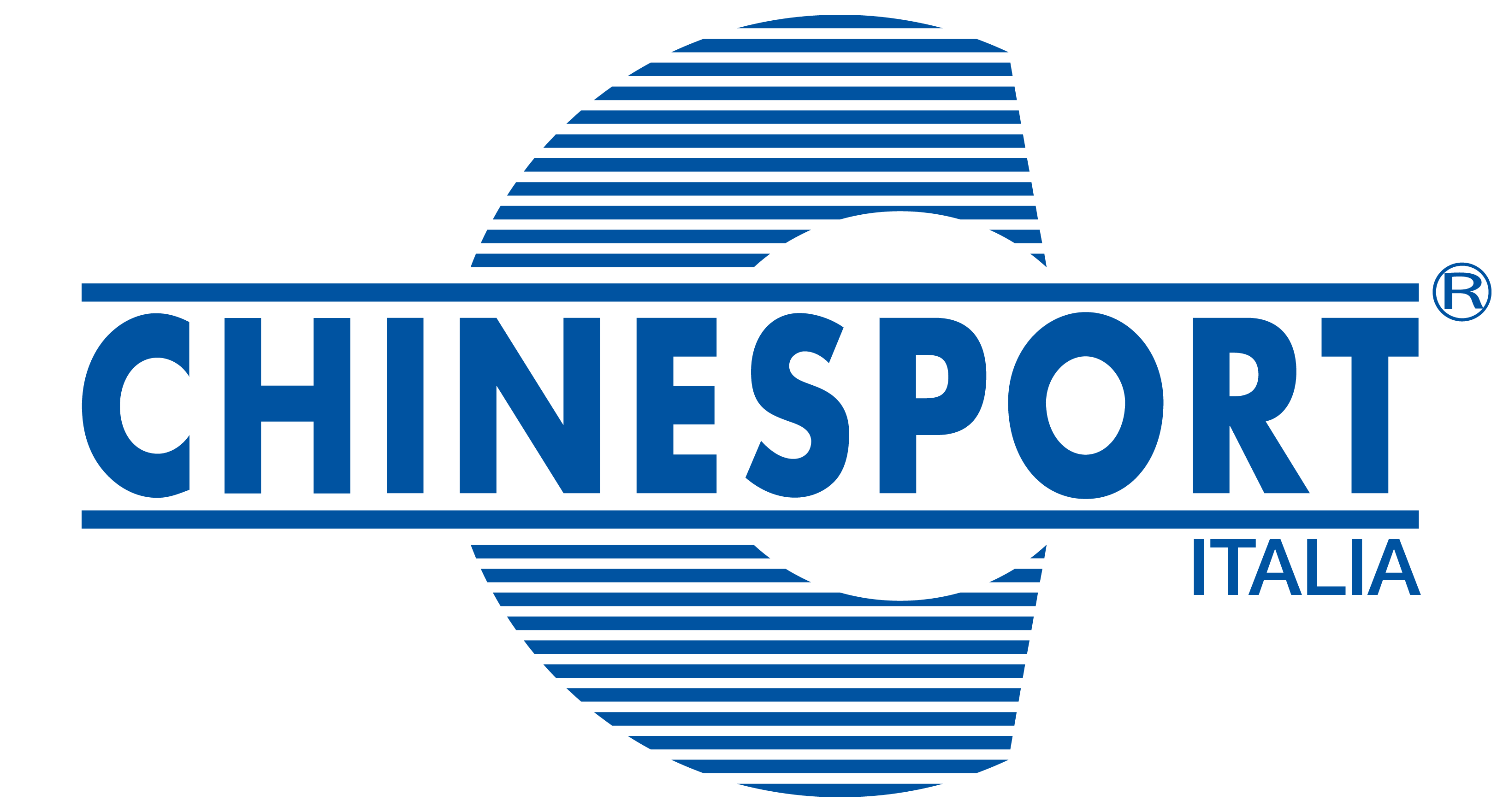No products in the cart.
ChineSport Italia
Showing 1–32 of 65 results
- Neuro Bobath Treatment Tables, Plinths, Therapy & Tilt Tables, Tilt Tables
ChineSport Italy 2 Section Bobath Tilt Table Multi Function Table
 Neuro Bobath Treatment Tables, Plinths, Therapy & Tilt Tables, Tilt Tables
Neuro Bobath Treatment Tables, Plinths, Therapy & Tilt Tables, Tilt TablesChineSport Italy 2 Section Bobath Tilt Table Multi Function Table
- 120cm Wide x 200cm Long
- 2 Sections, One Head Hole
- 55 – 105 cm Height Range
- 250kg Bobath Capacity
- 170mm Hoist Clearance
- 0° to +85° Electric Tilt
- 190kg Tilt Capacity
- -20° to +75° Head Tilt
- Retractable Castors
SKU: CS-LB492F2X - General Exercise, Hand Exercise & Therapy, TEOREMA Project
Teorema Project OLYMPIC DISCS SMALL BOARD
The rectangular base panel is supplied together with 4 cylinders and 4 contoured discs made from different coloured plastic material.
Cylinders can be freely inserted into the 30 holes arranged in the base, while discs can be fitted on the cylinders. The half-moon discs have a grip that is easier to grasp, using the hand in various positions and improving dexterity.
The size has been designed to promote a grasp with an almost open hand and extending the metacarpophalangeal and Interphalangeal joints. Inserting the discs into the pins helps practise the pronosupination of the wrist.
You can also work on recognising, matching and seriating the various colours. With a panel placed on the wall, you can also exercise elbows and shoulders. For those who need to work on a sloping plane, the panel can also be held on the knees or in the hands of the therapist, who is in front of the patient.
The standard set-up for the exercise aid can be subsequently integrated with other similar or different components from the available choice of accessories.
SKU: CS-AR10027-C - General Exercise, Hand Exercise & Therapy, TEOREMA Project
Teorema Project OLYMPIC DISCS LARGE BOARD
A larger square base than item AR10027-C and is supplied together with 8 cylinders and 8 contoured discs made from different coloured plastic material.
Cylinders can be freely inserted into the 75 holes arranged in the base, while discs can be fitted on the cylinders. The discs have a grip that is easier to grasp, using the hand in various positions and improving dexterity.
Starting by inserting the cylinders away from each other – even two cylinders will do, the exercise difficulty is increased adding more cylinders on, so that the cylinder or discs need to be picked up in a “crowded” environment that makes the task more challenging.
Discs can also be fitted vertically between cylinders and/or be moved as if they were vehicles on a track; they can also be placed on top of the pins in the shape of a stilt-house.
The standard set-up for the exercise aid can be subsequently integrated with other similar or different components from the available choice of accessories.
SKU: CS-AR10028 - General Exercise, Hand Exercise & Therapy, TEOREMA Project
Teorema Project MAGNETIC GAMES SMALL BOARD
 General Exercise, Hand Exercise & Therapy, TEOREMA Project
General Exercise, Hand Exercise & Therapy, TEOREMA ProjectTeorema Project MAGNETIC GAMES SMALL BOARD
The rectangular base panel is supplied together with 8 pins with a magnetic top, and 8 different coloured metal discs.
This game is particularly enjoyable and versatile, as it can also be used for colour recognition as well as to help improve calculation skills and create shape and colour sequences.
The magnet helps to pair the half moons, even when the patient experiences serious difficulties with basic tasks. Lifting the metal disc requires greater strength and accuracy. Plates can be brought closer vertically (and dropped down – a very appealing game) or grabbed horizontally.
Lifting the plate helps with tasks like pulling the tab in a drinks can, and using coins or buttons. Plates can also be removed with the open palm facing upwards. The special half-moon shape provides an easier grip and an extremely innovative opportunity for interaction.
The standard set-up for the exercise aid can be subsequently integrated with other similar or different components from the available choice of accessories.
SKU: CS-AR10029-C - General Exercise, Hand Exercise & Therapy, TEOREMA Project
Teorema Project MAGNETIC GAMES LARGE BOARD
 General Exercise, Hand Exercise & Therapy, TEOREMA Project
General Exercise, Hand Exercise & Therapy, TEOREMA ProjectTeorema Project MAGNETIC GAMES LARGE BOARD
A larger square base compared to item AR10029-C and is supplied together with 16 pins with magnetic top and 16 different coloured metal discs.
Magnetised pins can be freely inserted into the 75 holes arranged in the base, while metal discs can be fitted on or removed from the pins.
This exercise aid offers a wide and varied range of exercises as described under item AR10029, but with a greater number of elements.
The standard set-up for the exercise aid can be subsequently integrated with other similar or different components from the available choice of accessories.
SKU: CS-AR10030 - General Exercise, Hand Exercise & Therapy, TEOREMA Project
Teorema Project TRACKS SMALL BOARD
This aid comes with two different shaped aluminium pins, two different sized spheres and one plastic cylinder.
These elements offer various handles and types of “grip”:
– The two small aluminium pins are to perform accurate finger movements (one of these versions can replicate a key grip);
– The two spheres are also suitable for a child to “grasp” (for example, it can be grabbed using the palm of the hand);
– The cylinder with 2.5 cm diameter and 9 cm height is for grasping with the palm or finger tips depending on the patient’s capabilities or the movement you wish to perfect.
This exercise aid improves the use of fingers, wrists, upper arms, hand-eye coordination both in adult and adolescent patients who need to learn and practise skills they have never used before or have lost after a trauma injury to the limbs or due to neurological lesions.
Through a movement that is restricted to a track, the upper limb can move following a varied motor programme, while also working on retracting the shoulder-elbow-wrist joint.
Helps improve writing skills and using keys in locks.
SKU: CS-AR10047 - General Exercise, Hand Exercise & Therapy, TEOREMA Project
Teorema Project TRACKS LARGE BOARD
This aid is the same as item AR10047, however the base module has a larger square shape, with several patterns or possible paths.
The elements offer various grips and types of “grasp”.
It improves the use of fingers and wrists, both in flexo-extension and pronosupination, and improves the use of elbows in flexo-extension, hand-eye coordination both in adult and adolescent patients who need to learn and practise skills they have never used before or have lost after a trauma injury to the limbs or due to neurological lesions.
Helps improve writing skills and using keys in locks.
SKU: CS-AR10048 - General Exercise, Hand Exercise & Therapy, TEOREMA Project
Teorema Project OBLIQUE SPIRAL MANIPULATION SKILLS
 General Exercise, Hand Exercise & Therapy, TEOREMA Project
General Exercise, Hand Exercise & Therapy, TEOREMA ProjectTeorema Project OBLIQUE SPIRAL MANIPULATION SKILLS
This aid involves work on the horizontal plane. The elbow bends and extends to reach the curves on the flexible element.
Inclined radial / ulnar movements are required to get past them. Positioning on a vertical panel: in this case the instrument lies on the vertical plane.
This instrument is therefore similar to the vertical spiral, but differs in that positioning it at various heights and working in an upright position, obliges the subject to achieve greater bending and extension of the arm.
SKU: CS-AR10010 - General Exercise, Hand Exercise & Therapy, TEOREMA Project
Teorema Project VERTICAL SPIRAL MANIPULATION SKILLS
 General Exercise, Hand Exercise & Therapy, TEOREMA Project
General Exercise, Hand Exercise & Therapy, TEOREMA ProjectTeorema Project VERTICAL SPIRAL MANIPULATION SKILLS
An instrument similar to the horizontal spiral, but different in that this exercise calls for greater involvement of the upper limb.
In addition to prone-supine positioning movements of the forearm on must, in fact, use arm movements that must guide the hand in the twisting movements. The aim of the task is to exercise the upper limb in a complex movement that calls for a good level of skill and fluid movements.
SKU: CS-AR10009 - General Exercise, Hand Exercise & Therapy, TEOREMA Project
Teorema Project HORIZONTAL SPIRAL MANIPULATION SKILLS
 General Exercise, Hand Exercise & Therapy, TEOREMA Project
General Exercise, Hand Exercise & Therapy, TEOREMA ProjectTeorema Project HORIZONTAL SPIRAL MANIPULATION SKILLS
This therapy aid exercises the subject in prono-supine positioning hand movements.
Specifically, the subject is asked to keep the ball between the first three fingers on the hand and guide it over the sinusoidal path. This exercise means that the large prono-supine positioning joints in the forearm are used to the maximum.
It is therefore useful to monitor the patient’s behaviour while executing this task.
Any incapacity to explore the maximum levels of supine positioning could be compensated for by bending the trunk on one side, while limitation of prone positioning will cause early and excessive movement of the arm away from the trunk.
SKU: CS-AR10008 - General Exercise, TEOREMA Project
Teorema Project ROLLING WHEEL MANIPULATION SKILLS
The patient can practise performing a semi-circle or a full circle. The knob can be turned & makes it easier to be grasped either from above or from the side.
This aid can be placed on different surfaces and at a different distance, even on the knees of a seated patient, to help move the hand and wrist, as well as the elbow and shoulder.
Repeating the exercise provides remarkable benefits to recover mobility in the shoulder and shoulder blade even when affected by chronic periarthritis, arthrosis or rheumatoid arthritis, as well as in individuals with neurological deficiencies and muscular conditions.
For those who need to work on a sloping plane, it can be held on the knees or in the hands of a therapist, who is in front of the patient.
SKU: CS-AR10049 - General Exercise, Hand Exercise & Therapy, TEOREMA Project
Teorema Project TIGHTENING KNOBS BOARD
The tightening/loosening action involves a 3-finger grip when the thumb is to the side and the phalanx on the middle finger opposes the index finger.
The role of counterposing the middle finger to the thumb is reinforced by the support that the third finger gets from the fourth and fifth fingers.
The three different head diameters provide for increasing the complexity of the task. The entire support is made of anti-bacterial polyethylene that is water and UV ray resistant and easy to sterilise.
It has 3 head diameters for varying levels of difficulty in gripping for the hand – wrist. The “heads”, made of polyethylene like the support, can simulate the caps on food jars, a light bulb, gas tap, etc.
SKU: CS-AR10024-C - General Exercise, Hand Exercise & Therapy, TEOREMA Project
Teorema Project SCREWING IN PEGS DOMESTIC ACTIVITIES
 General Exercise, Hand Exercise & Therapy, TEOREMA Project
General Exercise, Hand Exercise & Therapy, TEOREMA ProjectTeorema Project SCREWING IN PEGS DOMESTIC ACTIVITIES
To do the tasks using this kit, coordinated use of both hands is essential. In this way the pressure of the thumb and index finger oppose the pulp side of the palm.
This grip also coordinates the flexing gripping muscles of the first phalanx of the thumb: short flexor, first palm interosseus, and short abductor. The various shapes of the head of the screw varies the degree of ease and stability of the grip.
There is also a two-handed task, in which one hand acts to secure the screw, while the other is involved in a rotation task to tighten / loosen the bolt.
This aid has 5 different peg head shapes for various levels of difficulty of gripping using the fingers.
SKU: CS-AR10022 - General Exercise, Hand Exercise & Therapy, TEOREMA Project
Teorema Project FANTASY STICKS SMALL BOARD
 General Exercise, Hand Exercise & Therapy, TEOREMA Project
General Exercise, Hand Exercise & Therapy, TEOREMA ProjectTeorema Project FANTASY STICKS SMALL BOARD
The rectangular base panel is supplied together with metal cylinders that can be inserted freely into the thirty holes arranged in the base.
It’s devised for hand-eye coordination, to improve dexterity and/or use the correct strength when inserting things. It can also be used to weave coloured ribbons or elastic bands through the cylinders.
It is to practise accuracy with movements and the strength required to either extract the cylinders or push them into the holes.
The standard set-up for the exercise aid can be subsequently integrated with other similar or different components from the available choice of accessories.
SKU: CS-AR10031-C - General Exercise, Hand Exercise & Therapy, TEOREMA Project
Teorema Project FANTASY STICKS LARGE BOARD
 General Exercise, Hand Exercise & Therapy, TEOREMA Project
General Exercise, Hand Exercise & Therapy, TEOREMA ProjectTeorema Project FANTASY STICKS LARGE BOARD
A larger square base compared to item AR10031-C. It comes with 16 metal cylinders that can be inserted freely into the 75 holes arranged in the base.
This aid enables the patient to practise better coordination and use of strength when inserting the cylinders.
More tasks can be devised, for example weaving coloured ribbons or elastic bands through the cylinders already inserted, or even counting, playing a line-them-up game, creating various shapes.
The standard set-up for the exercise aid can be subsequently integrated with other similar or different components from the available choice of accessories.
SKU: CS-AR10032 - General Exercise, Hand Exercise & Therapy, TEOREMA Project
Teorema Project MAGIC SNAKE 1 RECTANGULAR BASE MODULE
 General Exercise, Hand Exercise & Therapy, TEOREMA Project
General Exercise, Hand Exercise & Therapy, TEOREMA ProjectTeorema Project MAGIC SNAKE 1 RECTANGULAR BASE MODULE
This aid consists of a rectangular base module with a flexible plastic tube that can be bent and shaped as you wish to create the desired shape/path.
The tube ends can then be slotted into the base.
The kit also includes a “goose bill” hook, a ring and a disc, all with different sizes, grips and weight, that can be guided along the path defined by the shaped tube.
This aid offers complete freedom in creating different movements and grips.
SKU: CS-AR10053 - General Exercise, Hand Exercise & Therapy, TEOREMA Project
Teorema Project MAGIC SNAKE 2 RECTANGULAR BASE MODULE
 General Exercise, Hand Exercise & Therapy, TEOREMA Project
General Exercise, Hand Exercise & Therapy, TEOREMA ProjectTeorema Project MAGIC SNAKE 2 RECTANGULAR BASE MODULE
This aid consists of two rectangular base modules with a rigid plastic tube that can be bent and shaped as desired. The tube ends can then be slotted into the bases.
The kit also includes a “goose bill” hook and a ring that can be guided along the path defined by the shaped tube.
This aid offers complete freedom in creating different movements and grips.
SKU: CS-AR10054 - General Exercise, Hand Exercise & Therapy, TEOREMA Project
Teorema Project MAGIC SNAKE 3 LARGER BASE MODULE
 General Exercise, Hand Exercise & Therapy, TEOREMA Project
General Exercise, Hand Exercise & Therapy, TEOREMA ProjectTeorema Project MAGIC SNAKE 3 LARGER BASE MODULE
This aid consists of a larger square base module with a rigid plastic tube that can be bent and shaped as desired to create the preferred shape/path.
Its functional characteristics and accessories are the same as for item AR10053.
This aid offers complete freedom in creating different movements and grips.
SKU: CS-AR10055 - General Exercise, Hand Exercise & Therapy, TEOREMA Project
Teorema Project WORM SCREW MANIPULATION SKILLS
 General Exercise, Hand Exercise & Therapy, TEOREMA Project
General Exercise, Hand Exercise & Therapy, TEOREMA ProjectTeorema Project WORM SCREW MANIPULATION SKILLS
An aid that is useful for a patient to work independently in order to recover joint function between the interfalanx on the finger and prone-supination.
Executing this task correctly calls for the capacity to open and close the finger, while maintaining a set degree of pronation and supination of the hand. To do this, the subject must combine adequate joint movement and muscular function, with good good coordination of hand movements. The aim is to get to know the fine movements of their hands and how to use them better.
This aid provides the possibility of making a small adjustment to the resistance to rotating the bar. This has 2 difference diameters, in order to make it more suited to the type of exercise / patient.
SKU: CS-AR10011 - General Exercise, Hand Exercise & Therapy, TEOREMA Project
Teorema Project LACES CLOTHING
On one side this aid has laces with holes and “eyelets” (closed rings), and on the other laces hooked in an “oblique” direction by chromed hooks.
Both of which are found on many types of footwear.
Positioned on a table: In this position the task is made easier than when positioned vertically, due to the fact that the patient is not tired out by having to keep their arms raised and stabilised during the task.
Positioned on a vertical panel: To do these tasks, applying pressure by opposing endings is essential. This grip is finer and more precise because it makes it possible to hold an object securely. The thumb opposes the pulp side end of the end of the index finger, gripping the lace and the prone supination movements of the forearm, associated with flexing the wrist, make it possible to do the task and threading the lace through the various holes. For both these tasks the side of the hand acts to stabilise the object, and good coordination is essential to complete the tasks.
Bear in mind that even a minor injury that damages these articular areas can compromise this pincer grip – in fact, complete passive articular control of the distal IF on the second finger is required as well as stability of the deep flexor and synchronised activation of the long flexor in the thumb.
SKU: CS-AR10020 - General Exercise, Hand Exercise & Therapy, TEOREMA Project
Teorema Project LATCHES DOMESTIC ACTIVITIES
 General Exercise, Hand Exercise & Therapy, TEOREMA Project
General Exercise, Hand Exercise & Therapy, TEOREMA ProjectTeorema Project LATCHES DOMESTIC ACTIVITIES
A “sliding” latch: due to this instrument’s size, the patient has to have a fine grip using the first three fingers.
Also they must associate a small movement in the vertical plane to free the latch and move it along the horizontal plane. The patient can also be asked to do this task without using the visual channel, which means that they must rely on tactile-kinaesthetic information.
A “turning” handle: in this case the grip involves control with the thumb and side of the second finger. A supination and pronation rotating force is required to turn the handle.
SKU: CS-AR10015 - General Exercise, Hand Exercise & Therapy, TEOREMA Project
Teorema Project ELECTRICITY DOMESTIC ACTIVITIES
 General Exercise, Hand Exercise & Therapy, TEOREMA Project
General Exercise, Hand Exercise & Therapy, TEOREMA ProjectTeorema Project ELECTRICITY DOMESTIC ACTIVITIES
To activate the switch, the finger must be positioned on the correct half of the button. This task can also be done using two fingers.
To do a rhythmic alternating movement, selectivity is required in calling on the two fingers to flex in succession.
Inserting a plug in a socket is a task that calls for attention, coordination and evaluation of the force to do so safely. The patient must grip the two elements firmly in their hands and connect them to one another.
SKU: CS-AR10016 - General Exercise, Hand Exercise & Therapy, TEOREMA Project
Teorema Project LADDER 10 MANIPULATION SKILLS
 General Exercise, Hand Exercise & Therapy, TEOREMA Project
General Exercise, Hand Exercise & Therapy, TEOREMA ProjectTeorema Project LADDER 10 MANIPULATION SKILLS
The aid is positioned so that it reaches the furthest reach of the fingers, with the elbow extended.
Their centre of gravity is sufficiently in front of them to allow them to lift themselves up.
Positioning on a table: when put up on a horizontal surface in front of the patient, the active work required in using the ladder with the fingers will involve the proximal joints, extending the elbow and flexing the shoulder. In doing this progressive task using their fingers, the patient develops fluidity and coordination, alternating a flexing movement with one finger with the simultaneous extension of the other to reach the next step.
Positioning on a vertical panel: the ladder is positioned on the same axis as the support module, due to bulk considerations, and is rotated and used vertically. This is particularly useful when you wish to get the shoulder to a greater degree of flexing.
Positioning on a surface at a variable tilt: the exercise proposed can be useful for teaching the patient to align their trunk correctly, in order to achieve the change in position from seated to standing upright. Patient seated a little away from the table.
SKU: CS-AR10013

